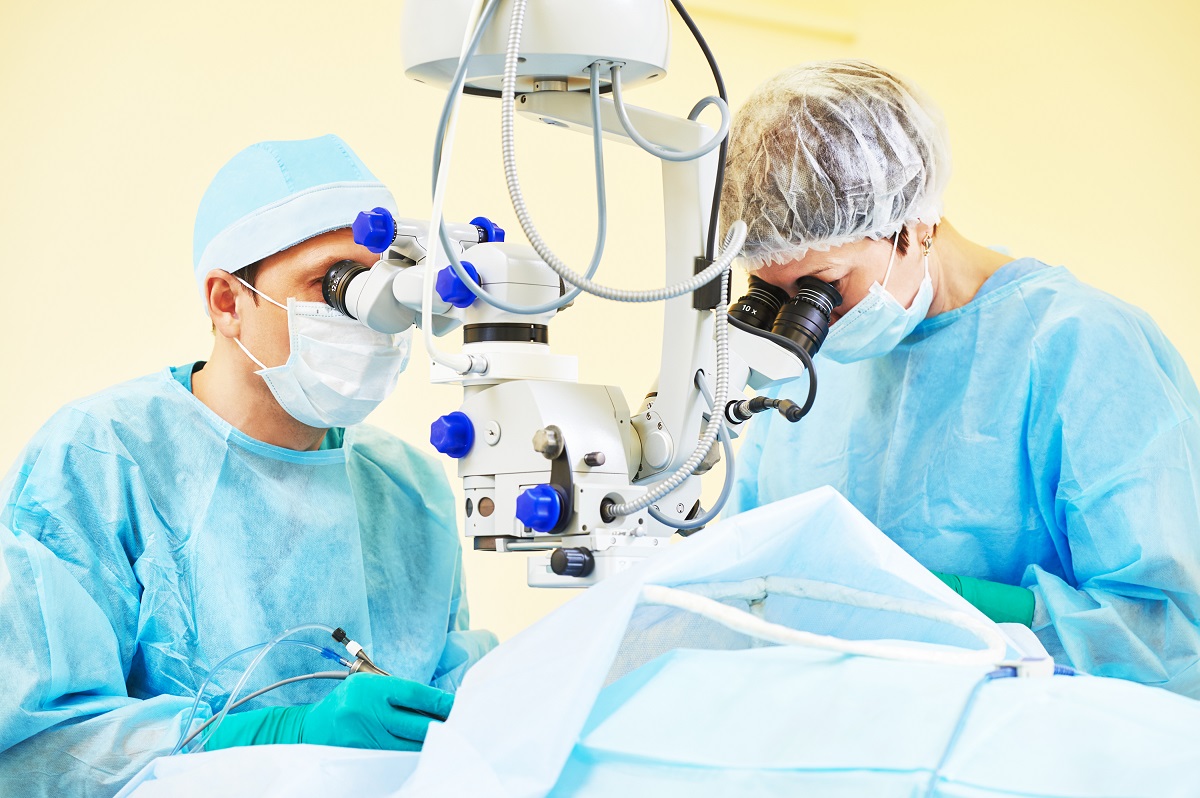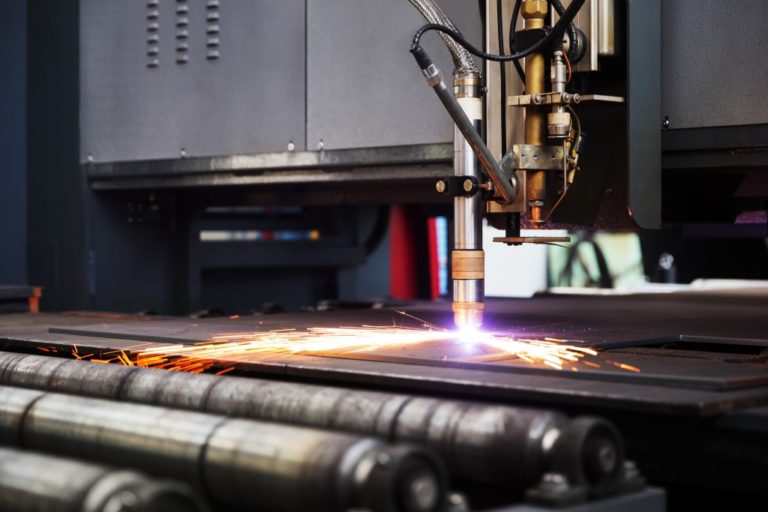The journey of the laser has been long since it first appeared in the 1960s following the theoretical work of Arthur Leonard Schawlow and Charles Hard Townes. Today, it’s becoming a buzzword due to its many applications:
1. Metal Fabrication
One of the most common uses of the laser these days is in custom metal fabrication in Utah. Compared to other tools, it can produce less heat, reducing the risk of workplace injury. It also offers the following benefits:
- Higher precision and accuracy
- Ability to work with various materials, such as aluminum and steel
- Chance to create more intricate designs
- Compatibility to automated machines and programs that improve productivity and efficiency
The laser helps create a clean-cut finish and allows businesses to be as creative and as original as possible with their branding and sign advertising. It also gets the work done fast so that companies can operate more quickly.
2. Medical Applications
Perhaps the essential use of lasers today is in the medical field. For example, it’s the primary tool for LASIK surgery. LASIK or laser-assisted in situ keratomileusis is already an effective treatment for various eye conditions. These can include nearsightedness, farsightedness, and astigmatism. In this process, lasers help modify the shape of the cornea.
The outpatient procedure takes less than half an hour and usually doesn’t have any downtime. Recovery is also fast, while the success rate is high. A person has a 90% chance of achieving 20/20 or perfect vision. Otherwise, the likelihood that at least one eye has the ideal vision is 99%.
Laser therapy can also help to treat different types of cancer and remove both malignant and benign tumors. The directed and guided light can kill harmful cells without damaging the surrounding tissues and organs. In turn, it lowers the risk of severe complications and increases the odds of faster recovery.
More hospitals are also using lasers to deal with conditions such as kidney stones. In lithotripsy, the beam of light can generate enough energy to break down stones, so they’re easier to remove or flush out of the body. Usually, the patient can already return to work in less than five days after the procedure.

3. Pain Relief
Millions of Americans deal with chronic pain regularly, affecting their quality of life. Usually, the standard treatment is medication. The problem is it can also increase the risk of substance abuse or drug dependency. In Utah alone, over 450 people died from opioid overdose in 2017.
The United States is now looking for other ways to manage pain, and one of the options can be laser therapy. In a clinical review in 2015, treatments like low-level laser and LED therapies can provide pain relief by:
- Reducing the retention of fluid or edema
- Decreasing inflammation
- Inducing analgesia or less pain
- Promoting healing of the muscles and the skeletal system
In deep tissue therapy, the laser penetrates much deeper into the skin and decreases cellular inflammation. This process, many believe, can hasten healing and reduce complications. It can also lower the sensitivity of nerves to pain by reducing the production of a chemical called bradykinin. It is a substance that worsens swelling or inflammation.
One of the distinct advantages of laser is its coherence. Its wavelength remains the same, so it’s much easier to control and modify. The beam it emits is also narrow, which allows for targeted therapy and application. Most of all, it’s convenient to use and cost-effective, which benefits both businesses and consumers (or patients).





